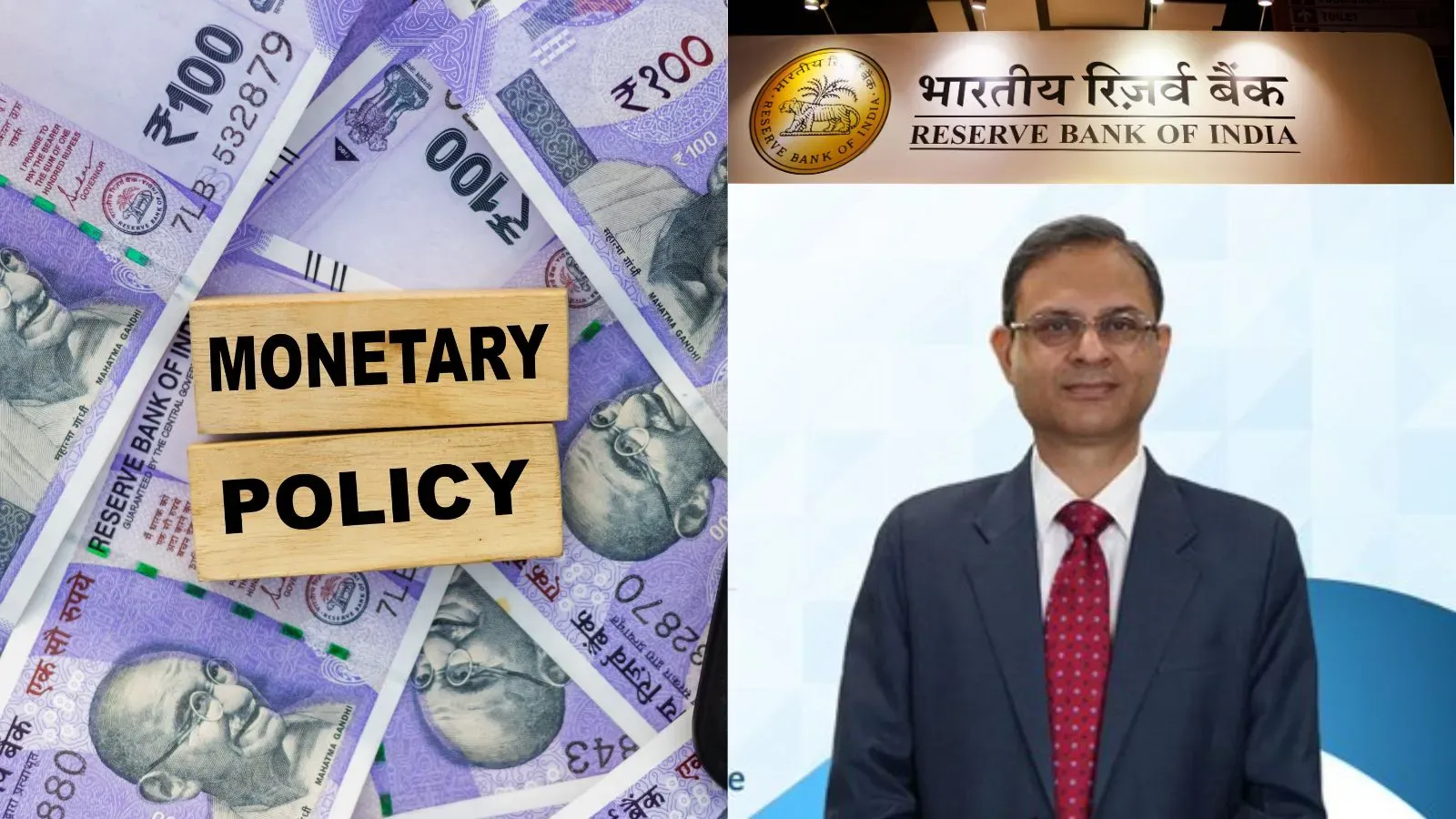Business News
Climate Finance in 2025: India's chance to lead by example

7 min read | Updated on January 02, 2025, 08:36 IST
SUMMARY
India's contribution to Climate Finance has surpassed that of many developed countries. Union Budget of 2024-25 introduced the concept of Climate Finance Taxonomy, while a globally accepted formal definition of climate finance is awaited.

As of 2024, the country has the fourth largest wind power capacity, solar power capacity, and renewable energy installed capacity.
It was more than 50 years ago that leaders of the world acknowledged the climate catastrophe our planet was facing. After decades of deliberations and multiple interventions, elementary questions remain unanswered.
It has been over 30 years since the need for a financial solution to the climate problem was realised. And about 20 years since the term ‘Loss and Damage’ was used in this context for the first time. And yet, while the 10 year old goal of containing the global temperature rise at 1.5°C seems unattainable, global conventions have failed to even define the term- ‘Climate Finance’. This is where India has the chance to lead by example.
It was during the presentation of the Union Budget 2024-25 that Finance Minister Nirmala Sitharaman introduced the nation to Climate Finance Taxonomy—a system to be developed for enhancing the availability of capital for climate adaptation and mitigation.
At the Conference of Parties (CoP) 29 held in Baku last year, developed countries pledged to raise $300 billion annually by 2035 to support climate change initiatives in developing countries. While this is a generous pledge, it looks unlikely to be achieved.
The developed countries could fulfil their CoP 21 Paris (2015) promise of raising $100 billion only by 2022, two years after the deadline. Even so, a report on climate finance released at the CoP 28 in Dubai underlined that the finance was concentrated in developed countries and China, and in mitigation rather than adaptation. Mitigation is human intervention aimed at reducing the sources or enhancing the sinks of greenhouse gases while adaptation is the adjustment in natural or human systems in response to climatic stimuli or their effects to moderate harm.
With the exponential growth of extreme weather events caused by climate change across the globe and the associated spiralling costs, India rightly reiterated that the developed countries must commit to provide and mobilise at least $1.3 trillion every year till 2030.
According to an analysis by UK-based think tank Overseas Development Institute and the Zurich Climate Resilience Alliance, India contributed $1.28 billion in climate finance through multilateral development banks (MDBs) in 2022, surpassing the contributions of many developed countries.
As the world's most populous country, India could account for 25% of the global energy demand growth over the next two decades. According to the World Energy Outlook by the International Energy Agency, India's total energy demand is set to increase by 35% in the next decade. This not only necessitates the increased use of non-fossil energy, but also calls for robust adaptation efforts.
According to Moody's, India will require between $190 billion and $215 billion of investment over the next seven years to achieve the target of creating 500 GW of renewable energy capacity by 2030. And the country is on track.
India’s renewable energy sector has witnessed an investment of $70 billion since 2014, as per the data released by Department of Promotion of Industry and Internal Trade. The Sovereign Green Bonds announced in the Union Budget 2022-23 to mobilise resources for green infrastructure garnered $2 billion in FY23 alone. The Reserve Bank of India also introduced Green Deposits, which aim to dedicate capital towards environment- friendly projects, climate change mitigation and clean energy infrastructure. By offering slightly higher interest rates than normal deposits, they mobilise the surplus capital while promoting partnership in the green economy.
The ambitious goal of making India the hub for production as well as export of green hydrogen, saw an outlay of about ₹20,000 crore from 2023-2030. This follows the Faster Adoption and Manufacturing of (Hybrid &) Electric Vehicles (FAME) scheme, initially launched in 2015 and later extended till 2022 with an outlay of ₹10,000 crore. After another extension till 2024, it was replaced by the Electric Mobility Promotion Scheme 2024 with an outlay of ₹500 crore. It aims to guide India towards use of electric vehicles through subsidy support.
However, the road to becoming the leading light for climate finance is not free of hurdles. While most of India's climate financing is sourced domestically, the private sector has been relatively slow when it comes to adaptation efforts. As per a report by Climate Policy Initiative, the private sector finances 66% of mitigation projects.
Various deterrents remain, including long gestation period of such projects, low tariff rates, unavailability of land or disputes over them. Sector-specific issues such as high input costs and import dependency on China for solar cells and modules undermine the balance sheet and interest alike.
While the government has invested heavily in green projects, it has fallen short of supporting private sector efforts through measures such as adequate viability-gap funding, reliable and cheap domestic manufacturing of raw materials to reduce the import bill. The incentives given by the government to the private sector have also been skewed towards the renewable energy sector.
One of the major sources of financial potential that remains unexploited is at the local government level. The Paris agreement goals need to be realised at the grassroots level, but Indian Panchayati Raj institutions lack funds to implement climate action, let alone innovate or initiate it. State Finance Commissions, which are entrusted with the task of recommending distribution of taxes and duties between the states and Panchayats- Municipalities, have not been formed every 5 years, despite the constitutional mandate.
This is where India’s focus could bring desirable outcomes, just like its digitisation and financial inclusion initiatives reached the last mile. In a report by Mongabay, environmental economists and policy experts emphasised the need to include climate change-related variables in the terms of references used by the Finance Commission of India for recommending devolution of funds. On the other hand, regularly setting up States’ Finance Commissions could aid efforts at lower levels.
Taking lessons from Kenya, Mali, Senegal and Tanzania, empowering local governments to establish adaptation funds could bring multitude of changes on the ground. Reducing over-reliance on inter-governmental transfers, they can generate their own funds by monetising community sources, issuing bonds and taxing properties. State governments can take inspiration from Rajasthan, which has signed an MoU with NTPC Green Energy for renewable energy-based projects, as part of the power generation projects worth ₹1.6 lakh crore.
At the central level, balance between adaptation and mitigation finance will be the key for effective climate action. Eliminating bureaucratic hurdles for faster completion of renewable energy projects, viability gap funding, incentivising use of renewable energy for customers to support higher tariffs, investment in storage and distribution facilities are areas which need strengthened efforts.
Nudging partners, such as banks to promote green deposits is essential for the overall success of such schemes. Adequate pumping of investment in infrastructure such as EV charging stations, raw materials for renewable energy projects, service centers for solar panels would create a robust system based on clean energy.
Dr. Anjal Prakash, expert author involved in UN's IPCC reports from 2018 onwards, suggests that India requires a separate ministry for climate change to address the urgent and multifaceted challenges posed by environmental degradation and climate-related disasters.
He believes that dedicated ministry would facilitate coordinated efforts across sectors, ensuring that climate considerations are integrated into economic, agricultural, and urban planning. It would also enable India to lead international dialogues, secure funding for sustainability initiatives, and promote research and innovation.
In its fight against the climate crisis, India has registered victories on several fronts. As of 2024, the country has the fourth largest wind power capacity, solar power capacity, and renewable energy installed capacity. As of July 2024, 44% of the total power installed capacity was derived from non-fossil sources.
India has already taken a lead in climate action by introducing the International Solar Alliance at Paris, Infrastructure for Resilient Island States and LiFE (Lifestyle for the Environment) at Glasgow. Building on these strong foundations, the country can ambitiously aim to achieve the Net Zero goal by 2070 while becoming the beacon of hope for the global community.
By signing up you agree to Upstox’s Terms & Conditions
About The Author
Next Story

